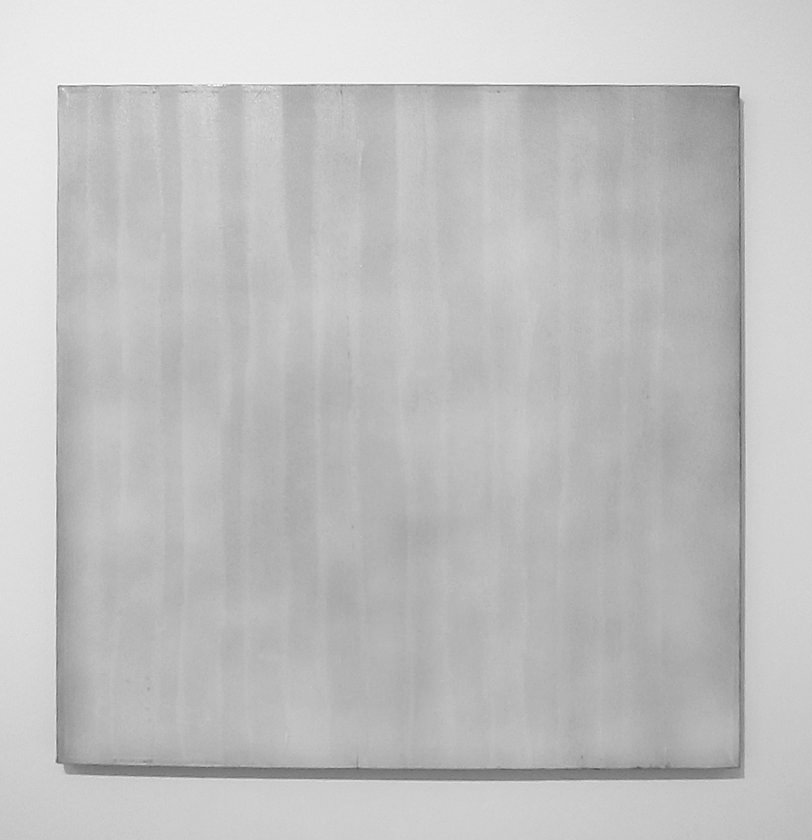After retiring from Goldman Sachs in the mid-90s, Artur Walther developed a collection of historical and contemporary photography that now rivals major museums. Walther began his collection with German typologists, such as Bernd and Hilla Becher and August Sander, before shifting his focus to contemporary Chinese and African photography. He was one of the first major collectors of Ai WeiWei and has amassed the largest collection of African photography in the world, including early tourist snapshots and 19th century daguerreotypes. The Walther Collection has two homes: its headquarters (a three story, 10,000 square foot museum campus in New-Ulm, Germany) and its counterpart (a project space on 26th street in Chelsea, New York).
A three part, 8-month exhibition series at the New York project space titled “Distance and Desire: Encounters with the African Archive” began this past September. Curated by Tamar Garb it juxtaposes early ethnographic pieces with contemporary photography and video that explore stereotyping in historical photography. In June, the series will expand into a larger exhibition hosted at the headquarters in Neo-Ulm, Germany marking the first time the collection will be shown in its entirety.
We recently sat down with Walther in his Chelsea space to discuss his post-Wall Street endeavors and his plans for the future.
WHITEWALL: How did you get involved with photography?
ARTUR WALTHER: I had gotten a Leica as a Christmas present, an M5, 6, or 7. Whatever it was at the time. When my career in finance ended, there was the question of what I would focus on. I wanted to do something artistic, so I picked up the camera and entered some classes at the International Center of Photography.
WW: What kind of pictures were you making the time?
AW: I was photographing buildings, these morbid structures. I was collecting, as well, and bought a Becher typology. This allowed me to become friendly with Antonio [Homem] at Sonnabend, and when I mentioned I was going to Germany he said, “Look, if you want to see the Bechers, it’s easy for me to arrange.” I visited them in Dusseldorf and I showed them my work. Hilla would come to NYC from time to time and we would photograph together. We went to Philadelphia, we photographed in New Jersey, she printed here in this gallery. This was my darkroom at the time.
WW: You were in the space before it opened as part of your collection?
AW: I’ve been here since ’96. Hilla photographed the water tower across from this building. She would come with a point and shoot camera, and knew exactly how that translated into her large format. She went around and looked at the location of where she was going to set up her camera – it was this whole thing about the light and all that. I think that she spent three days scouting until she finally took a picture.
WW: What influenced your shift of focus from German typologies to Chinese photography?
AW: I had never been to China, so I made two trips there and found the country fascinating. At the same time, Christopher Phillips at [the International Center of Photography (ICP)] was investigating what was happening in Chinese photography. He was thinking of doing an exhibition at ICP, so I traveled there, as I was chairing the exhibitions committee.
WW: You were involved heavily with ICP?
AW: Yes. At the time there were very few people looking at Chinese photography. There was this long period of time where interesting things were not happening [photographically], and then it just changed. Then they started to deal with their own history, culture, and the changes that were going on. It was very difficult for me at the time to think about how to collect it for myself.
WW: Why?
AW: First of all, it was color and it was huge. Some of these [photographs] had very much to do with their history, society, and culture, so it took me a number of years to fully understand and become comfortable. At that point in time only a few people were collecting Chinese photography. If you had looked at work 10 years before it would have been something completely different. My Chinese collection is very specific.
WW: Looking at the vastness of your African collection it seems as if it brings together your interest in typology, China, and how together they looks at the seriality and ethnography of people.
AW: Yes, but what I clearly see now is my own development and growth within that.
WW: How did the original Walther Collection begin?
AW: I did a trip with ICP. I suggested we look at Africa, which led to the “Snap Judgments” exhibition at ICP. The work traveled throughout Europe to several locations, but I didn’t know what to do with it next. At the time, my family had these buildings in Germany that they weren’t doing anything with, so I decided to build an exhibition space there.
WW: Do you collect independently from what you’re showing in the official collection?
AW: Before I had these spaces, I would do curated exhibitions in my apartment. I did “Typologies of the Bechers,” “August Sander and Karl Blosfeldt,” a selection of Chinese works that fit together, and an African exhibition. These were all in my home, but now there is not one picture. There are only white walls.
WW: Why?
AW: I’m working with images and conceptualizing so much that I don’t want to do that at home anymore. I like calm walls.
WW: Let’s talk about the three shows you’re doing now with the collection.
AW: We are doing three major exhibitions and books to accompany each. The third exhibition debuts this March.
In the first exhibition, we did a counter position of Seydou Keita and August Sander. It was unbelievable to go into our building in this rural German environment and have one floor with August Sander and then another floor with Seydou Keita. This set the premise for the entire series.
The second, here in New York, looked at contemporary artists, and the third exhibition will look at historic photography. The idea is to expand all three of these and have them come together in Germany. We’re also creating a catalogue and organizing talks on this subject.
The books are set up in two parts. They are about historical and contemporary imagery. We have about 10 scholars contributing to the books.
WW: What are you most excited for in the coming years?
AW: I want to do an exhibition on typology, taxonomy, seriality, looking at Chinese, Japanese, American, German, and African work. I would like to have writers and scholars from these countries writing from their perspective. I think it would be very fascinating to see how they put it into context and how they see the differences within their cultures. This is the core of the collection and what brings it together.
Artur Walther has been devoted to supporting global photography programs and scholarshipfor nearly twenty years. He serves on a number of photography committees at cultural and educational institutions in New York, including the Architecture and Design Committee of The Museum of Modern Art, the Photography Committee of the Whitney Museum of American Art, and the Photography Committees of Vassar College and Bard College. He is a board member at the Storefront for Art and Architecture and at the International Center of Photography (ICP). Walther has chaired the exhibitions committee at ICP for ten years and spearheaded the launch of the museum’s first Triennial of Photography in 2003. Born in Ulm, Germany, Walther graduated from the University of Regensburg and earned his MBA from Harvard Business School. He lives in New York City.









